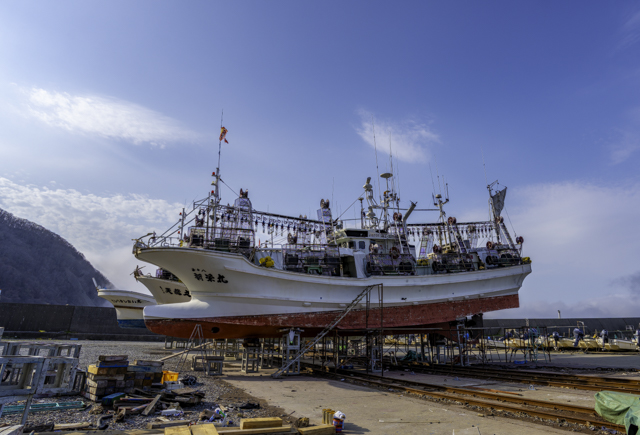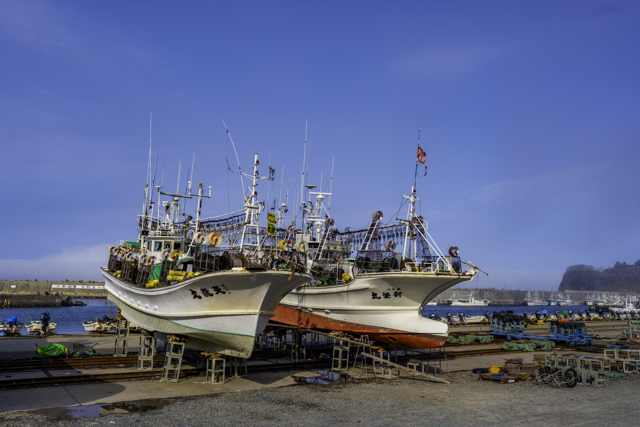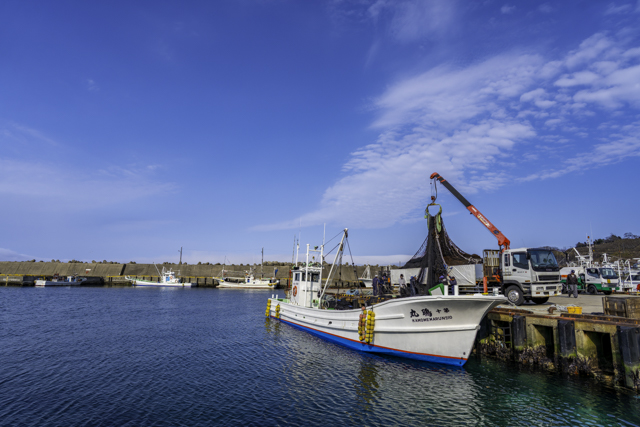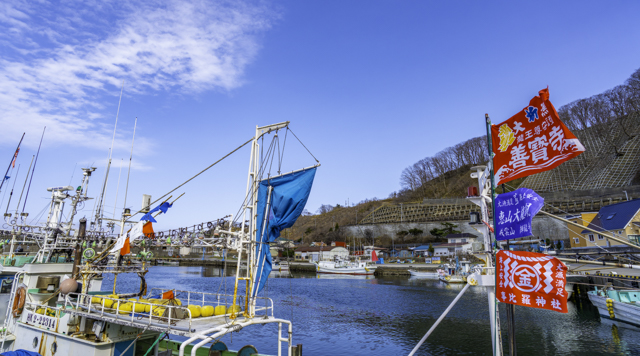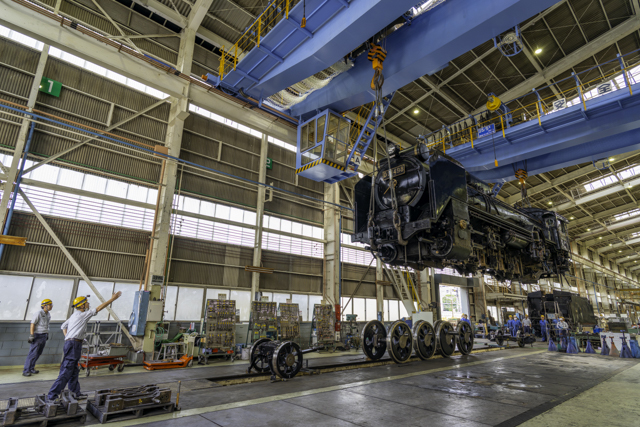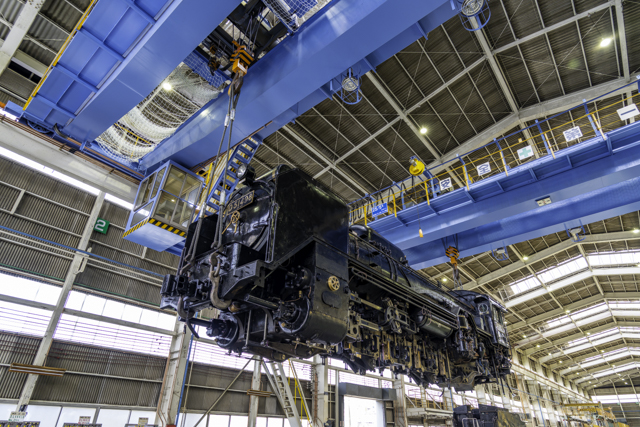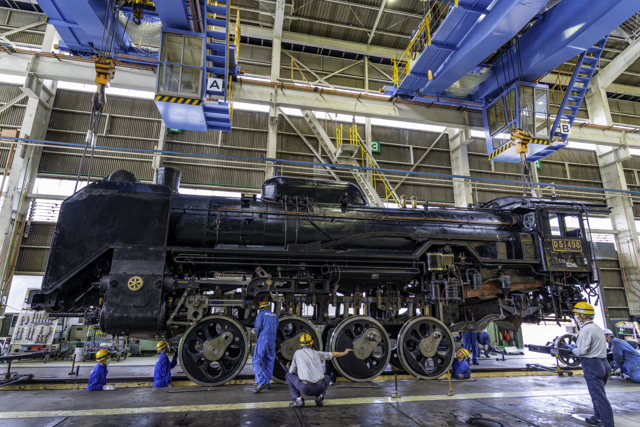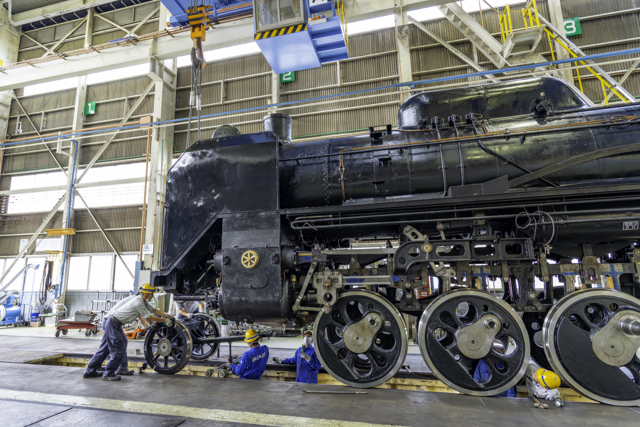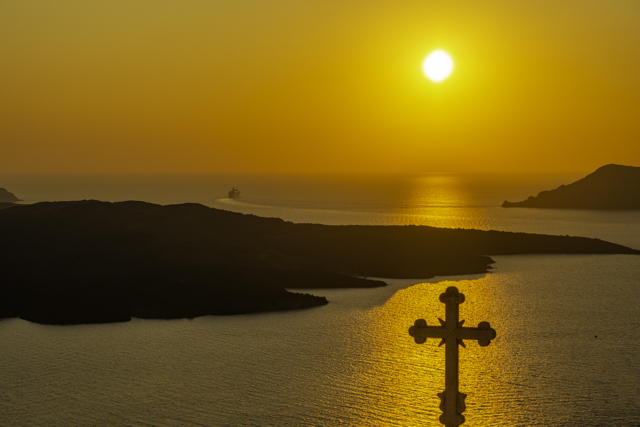
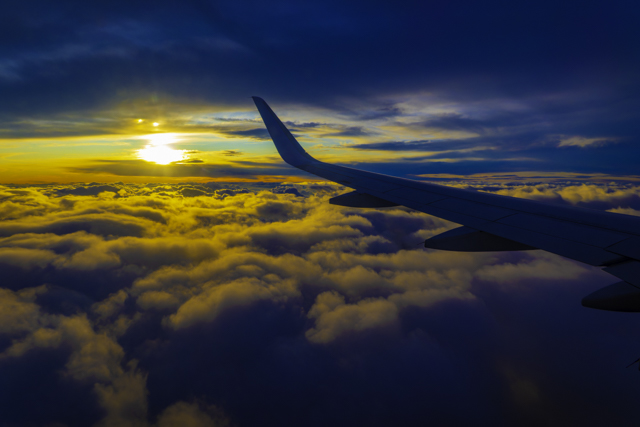
Shakespeare wrote “the night is long that never finds the day.” In Japanese, it is translated as “there is no night that never finds a day.” In either way, I guess he was the type of person who could think “a glass of half full of water.”
I am not so pessimistic to think that “there is no day that never finds a night,” but I am still a type of person who thinks as “a glass of half empty of water.” I guess “the sun rises and the sun sets; then it presses on to the place where it rises” in Old Testament fits into me although I am not fully sure how it is understood in biblical interpretation. I take it as similar to a Japanese phrase “life is full of uphill and downhill.”
Last year, I went to San Francisco on Thanksgiving holidays to see family and cats of my friend, Shinkoro. There were beautiful sunny days of Northern California in late autumn, and I was able to enjoy the spectacular view of Golden Gate and other sights. I also enjoyed shopping on Black Friday as well as an outlet mall.
On the 1st day of the trip, I worked at the office until the evening, then took a late-night flight out from Tokyo Haneda to San Francisco. On the day of my return, I had a full day of fun, then took another red-eye flight, arriving at Tokyo Haneda in the early morning. I returned home and immediately work a full-day there. I can say that I enjoyed these few days extremely well, leaving me with an overwhelming sense of satisfaction.
Life is full of uphill and downhill. Or, the sun rises and the sun sets – we must have a night before the sun rises again.
As the type of person who thinks “a glass of half empty of water.” I was afraid of the downhill after having an extremely enjoyable time.
In fact, December was an extremely poor month to me.
On December 1, a few days after returning home, I already had a chill. On the next day, I had a sore throat, then, I started to have a light fever at night. I might be got cold from enjoying too much considering any aftermath, a pattern that would make a kid got angry. The next day was Sunday, so I thought I would take Chinese traditional medicine, Kakkonto, and sleep the whole day to avoid I get angry by mature people around me on Monday.
Well, my life was rolling down very fast.
I spent the next day in bed, but my fever gradually began to rise, and when it reached 39.5 degrees Celsius, I decided to take an antipyretic. I had COVID-19 test kits at home, which I even tested twice, but they were negative. No influenza-like symptoms such as muscle aches were felt, but made doctor appointment on Monday.
As I thought, the influenza test conducted by my doctor was negative. In other words, it was just a common cold. I went home after receiving only antipyretic, thinking that I could have been better off with influenza that had a special medicine like Tamiflu.
I was rolling down deeper than I expected.
As a middle aged man, I thought I would not have enough energy to keep high fever for several days by a common cold, but it seems that my immune system was very active for three days. My fever rose to 39 degrees Celsius day after day, and I had to take medication to bring it down to 38 degrees Celsius. In my case, I physically feel the most severe at around 39 degrees Celsius, but it is around 38 degrees Celsius that I keep having nightmares. No matter taking antipyretic or not, I was not good.
I would have to wait until the sun would arise again.
On the fourth day, the fever was finally gone. I was rolling down to the bottom to the hill, and I supposed that there is no night that never finds a day.
However, it would be a long time after that.
Coughing continued for days. Coughing drains my stamina, interferes with sleep, and depresses my feelings. The days were like stagnation accumulating at the bottom of a hill.
After a few weeks, it improved somewhat. Is the dawn finally approaching?
Then my new iPhone was broken, and I had to kill a half day on Christmas Day visiting to Apple Store to have it repaired. Furthermore, there was no replacement staff to the person who left the office in mid-December. I had to take care jobs I had not been doing for 5 years which I then messed them up. I was still in an early morning twilight even at its best.
How could I have fallen into bottom the hill just by only enjoying San Francisco for a few days? It is life’s fate downhill can be easy while uphill is tough, but I thought all happened in December was too much. Perhaps it was the time for me to change my motto to “there is no day that never finds a night.”
Looking back entire last year, I realized that I got married in the spring and went to Greece in early October as honeymoon. Early October could be the peak of the hill. In other words, San Francisco could be a part of long downhill, just a relief period with gentle slope. This means that the bottom of the hill can be extremely deep. I may still have to roll down the hill.
It is new year, but I am still in a dark and the sun still takes presses on to the place where it rises. I will have to wait until the night finds a day.

